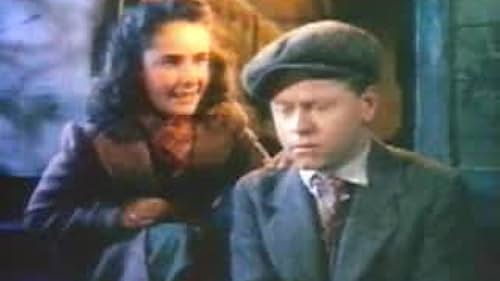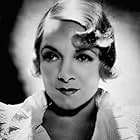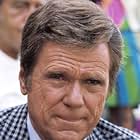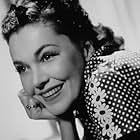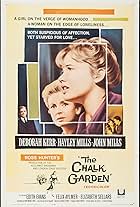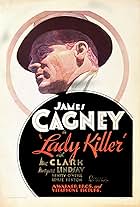The history of Metro-Goldwyn-Mayer Studios.The history of Metro-Goldwyn-Mayer Studios.The history of Metro-Goldwyn-Mayer Studios.
- Won 1 Primetime Emmy
- 2 wins & 4 nominations total
Browse episodes
Photos
Storyline
Did you know
- TriviaThe working title for this series was originally "MGM: When the Lion Roared". The company operating as MGM as of 1992--which continues to exist--is not the legal successor to the "classic" MGM, which ceased to exist after Ted Turner bought and subsequently dismantled the studio in 1986, despite sharing similar assets such as the Leo the Lion logo. However, the new MGM thought the title was detrimental to its company and demanded the slight title change.
- Alternate versionsOriginally aired on TNT over 3 consecutive evenings in 3 parts, with the DVD set, the second part of the mini-series, "The Lion Reigns Supreme", is split into 2-parts, 1 on disc-1 (59 min), 2nd part on disc-2 (62 min).
- ConnectionsFeatured in Hollywood Burn (2006)
Featured review
"MGM: When the Lion Roars" is a 1992 documentary hosted by Patrick Stewart. Shown in three parts on Turner Classic Movies, it tells the story of the monolithic studio from its beginnings, taking us through the influence of the great Irving Thalberg, after his death, during World War II, after the war, the growth of television, and MGM's eventual demise.
All of the studios had a particular look to their films and a strong point of view. MGM was known for its huge array of stars, its opulence, its classy musicals, and its family entertainment, especially under the aegis of Louis B. Mayer. Even its "B" movies, such as Dr. Kildare, had "A" movie quality.
The studio's main problem was its lack of foresight and lack of awareness that the audience changed over time. The belief was that television was a fad, for instance - major error. And all the studios suffered when the courts broke up studio ownership of the movie theaters.
The documentary is highly entertaining, filled with interviews, scenes, and musical numbers. Stewart voices the incorrect information that Jean Harlow died because her mother's religion didn't allow her to have treatment. Jean Harlow died of kidney disease, for which there was no cure, no transplant, no dialysis. She had plenty of medical attention, but there was nothing anyone could do once she developed the disease.
Very enjoyable and well worth seeing.
All of the studios had a particular look to their films and a strong point of view. MGM was known for its huge array of stars, its opulence, its classy musicals, and its family entertainment, especially under the aegis of Louis B. Mayer. Even its "B" movies, such as Dr. Kildare, had "A" movie quality.
The studio's main problem was its lack of foresight and lack of awareness that the audience changed over time. The belief was that television was a fad, for instance - major error. And all the studios suffered when the courts broke up studio ownership of the movie theaters.
The documentary is highly entertaining, filled with interviews, scenes, and musical numbers. Stewart voices the incorrect information that Jean Harlow died because her mother's religion didn't allow her to have treatment. Jean Harlow died of kidney disease, for which there was no cure, no transplant, no dialysis. She had plenty of medical attention, but there was nothing anyone could do once she developed the disease.
Very enjoyable and well worth seeing.
Details
- Release date
- Country of origin
- Language
- Also known as
- MGM: Cuando el león ruge
- Filming locations
- Production companies
- See more company credits at IMDbPro
- Runtime6 hours
- Color
- Sound mix
- Aspect ratio
- 1.33 : 1
Contribute to this page
Suggest an edit or add missing content

Top Gap
By what name was MGM: When the Lion Roars (1992) officially released in Canada in English?
Answer
